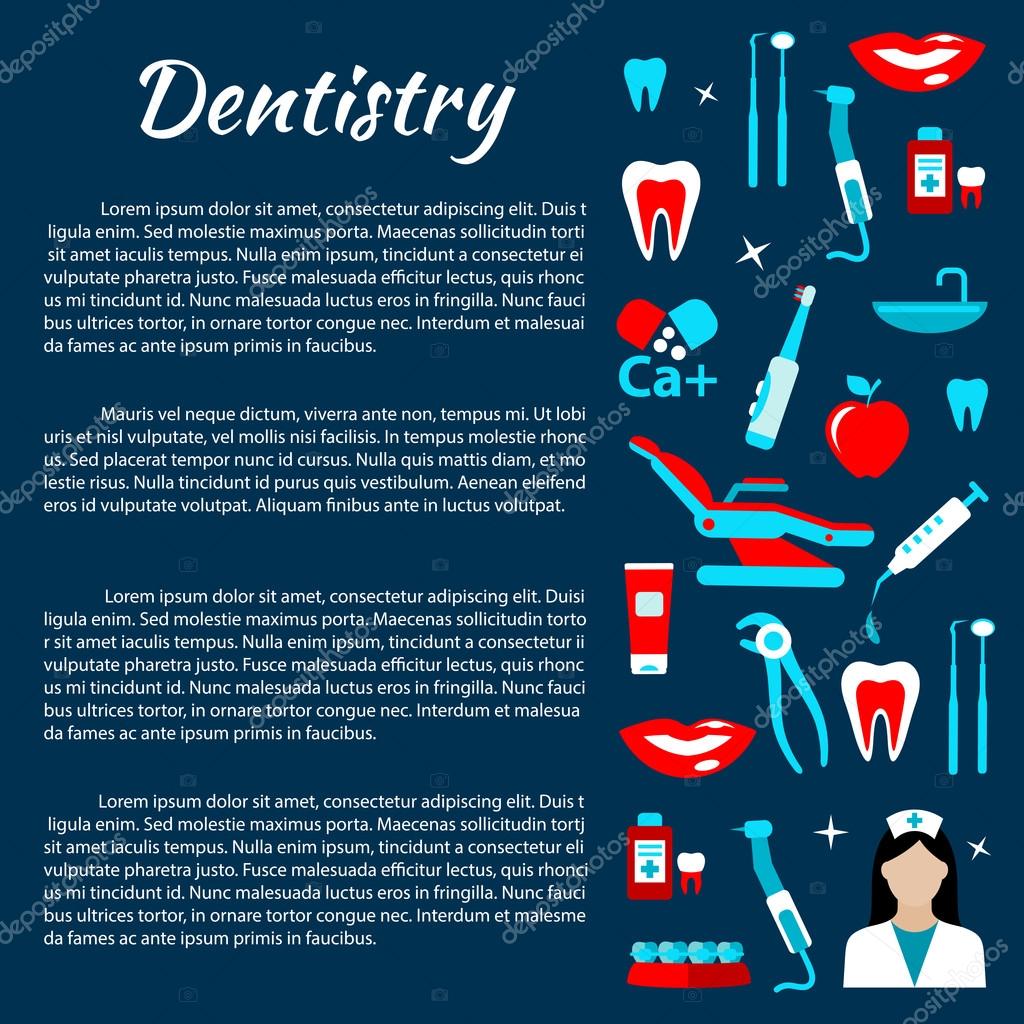Find Out About The Innovative Advancements That Are Changing The Technique Of Dental Surgery. Take A Look At The Future Of This Location And Position On Your Own Advantageously. Click Currently For A Check Out The Future
Find Out About The Innovative Advancements That Are Changing The Technique Of Dental Surgery. Take A Look At The Future Of This Location And Position On Your Own Advantageously. Click Currently For A Check Out The Future
Blog Article
Short Article By-Jama Schultz
Welcome to the world of dental surgery, where innovations and advances are forming the future of the area! In this amazing realm, you'll witness the transformative power of robotics, the innovative marvel of 3D printing, and the game-changing impact of minimally invasive methods.
The future of dental surgery holds a guarantee of precision, effectiveness, and boosted individual results. With the help of sophisticated robotics, specialists have the ability to perform complicated procedures with better precision and control.
3D printing modern technology is reinventing the production of oral implants and prosthetics, using tailored remedies that fit flawlessly right into each individual's one-of-a-kind composition.
Additionally, minimally invasive techniques are reducing post-operative pain and recuperation time, enabling clients to go back to their every day lives quicker.
Prepare yourself to explore the interesting innovations and advances that are reshaping the landscape of oral surgery!
Developments in Robotics
One significant improvement in dental surgery is the use of robot modern technology, which permits accurate and effective operations. With the help of robotic systems, dental doctors have the ability to perform complex surgical treatments with boosted accuracy, minimizing the threat of human error.
These robotic systems are geared up with sophisticated imaging innovation and precise instruments that enable specialists to browse via complex anatomical structures easily. By using robot modern technology, cosmetic surgeons can achieve greater medical accuracy, causing improved patient results and faster recovery times.
Furthermore, https://nj1015.com/wisdom-teeth-opiates-partnership-for-a-drug-free-new-jersey/ of robotics in oral surgery allows for minimally invasive procedures, decreasing the trauma to bordering tissues and advertising faster recovery.
3D Printing in Oral Surgery
To enhance the field of oral surgery, you can check out the subtopic of 3D printing in dental surgery. This innovative innovation has the potential to reinvent the way oral surgeons operate and treat people. pediatric dentist near me are four crucial ways in which 3D printing is forming the field:
- ** Customized Surgical Guides **: 3D printing allows for the production of extremely exact and patient-specific medical overviews, improving the accuracy and effectiveness of treatments.
- ** Implant Prosthetics **: With 3D printing, oral doctors can create customized implant prosthetics that flawlessly fit a person's unique composition, leading to better outcomes and client complete satisfaction.
- ** Bone Grafting **: 3D printing makes https://shaneoicxq.ziblogs.com/33113083/in-sedation-dental-care-anxiety-melts-away-making-dental-visits-extra-pleasurable-uncover-exactly-how-these-methods-can-alter-your-experience-in-the-chair for the manufacturing of patient-specific bone grafts, reducing the requirement for typical implanting methods and enhancing recovery and healing time.
- ** Education and Training **: 3D printing can be used to develop reasonable surgical versions for academic purposes, enabling oral specialists to practice intricate treatments prior to doing them on individuals.
With its potential to enhance accuracy, personalization, and training, 3D printing is an interesting growth in the field of oral surgery.
Minimally Intrusive Techniques
To better progress the field of oral surgery, embrace the capacity of minimally intrusive methods that can considerably profit both specialists and individuals alike.
Minimally invasive techniques are revolutionizing the area by lowering medical trauma, reducing post-operative discomfort, and increasing the recovery process. These strategies involve utilizing smaller sized lacerations and specialized instruments to execute procedures with precision and effectiveness.
By using advanced look at more info , such as cone light beam calculated tomography (CBCT), specialists can properly prepare and perform surgeries with very little invasiveness.
Furthermore, the use of lasers in dental surgery enables specific tissue cutting and coagulation, causing reduced blood loss and decreased healing time.
With minimally intrusive techniques, clients can experience quicker healing, lowered scarring, and boosted results, making it a necessary element of the future of oral surgery.
Conclusion
So, as you can see, the future of oral surgery is exceptionally promising, with interesting technologies and developments forming the field.
From the developments in robotics to using 3D printing and minimally intrusive methods, oral doctors are transforming the means they offer treatment.
While some might worry about the potential price related to these advancements, it's important to bear in mind that these modern technologies ultimately improve individual results and minimize healing time, making them well worth the financial investment in the long run.
